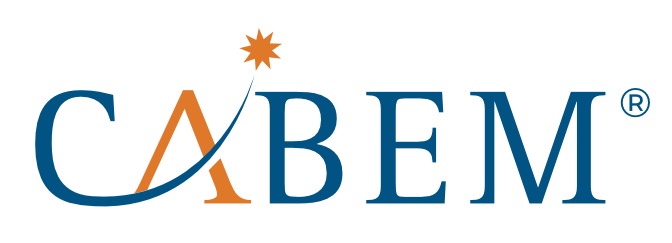The Beginning of ISO 9000
The roots of the ISO 9000 series date back to World War II, when the Ministry of Defense in Britain decided to implement a set of standards to reduce mistakes and the resulting accidents in the manufacturing of munitions. The standards focused on the management of procedures rather than the actual manufacturing. Focusing on management meant that the MoD would first inspect the procedures used during manufacturing, and then inspect the manufactured product to ensure consistency in quality. This is similar today in how a company or organization must be audited by a certification body to ensure quality and consistency.
The MoD standards revealed the need for a system of quality assurance standards that was applicable to more industries than defense alone. Up until the 1970s in the UK, it was the vendor’s responsibility to inspect the credentials of their suppliers to ensure quality and consistency. And according to the British Assessment Bureau, a well known and trusted certification board, this was proving to be a major waste of time and money. In 1969 a Government committee recommended that “suppliers methods should be assessed against a generic standard of quality assurance.”
In response to this, the British Standards Institution published the world’s first management systems quality standard, the BS 5750, in 1979. This new standard provided “a common contractual document, demonstrating that industrial production was controlled.” The BS 5750 replaced individual industry standards and guaranteed quality and consistency to all consumers across all industries in the UK.
A whitepaper on standards released by the UK Government on Standards popularized this need in the US, leading to ISO 9000:1987, the international equivalent to BS 5750. Due to its original Military background, the language and main points of this first edition made it more suitable for manufacturing processes. However, the structure of the document with its 20 requirements led to a greater focus on conforming to procedures rather than the management process as a whole.

Modifications Throughout the Years
The ISO 9000 document has undergone many revisions since it’s beginning to ensure that it is as efficient and relevant as possible. Its first revision was in 1994, this review focused on trying to clear up the indistinct elements of the 1987 version as well as place a greater concentration on quality assurance through preventative actions. It also maintained its requirement for verification of compliance with documented practices.
One of the most significant and successful revisions thus far came about in 2000. The British Assessment Bureau reported that the new version, ISO 9001:2000, made it very obvious that process management was the main goal of the standard. The idea had always intended to be “a documented system” rather than “a system of documents” but that idea wasn’t especially clear in the previous versions. With the 2000 revision these concepts became the main focus of the standard, demanding to have “management system effectiveness via process performance measures.”
This reduced the importance of having documented procedures if there was strong evidence showing that the process was working well. The ISO 9001:2000 version combined the previous ISO 9001, 9002, and 9003 versions into one and introduced a new set of eight core quality management principles that consist of:
-
Customer focus
-
Leadership
-
Involvement of people
-
Process approach
-
System approach to management
-
Continual improvement
-
Factual approach to decision making
-
Mutually beneficial supplier relationships
The idea behind these principals is for them to act as a foundation that will help guide an organization towards improved performance and productivity.
The standard underwent another revision in 2008. This revision remained fairly consistent with the 2000 version. The main objective during this modification was to clarify the existing requirements and to design the document to work in congruence with ISO’s other management standards such as ISO 14001:2004. The eight core quality management principals remained relevant in the ISO 9000: 2008 version of the standard.
The Current Standard
The most current version of the standard is ISO 9001:2015, completed and released towards the end of 2015. The most significant change to ISO 9001 is that the entire document is now focused around the idea of risk-based thinking; making risk management a central feature of the standard.
The new version updated the format of the document to a high-level structure referred to as Annex SL, soon all management system standards will adhere to this structure. The update also included some revised terminology to make the document more generic. This will help to include all industries as well as recognize changes in technology and the way business is done. An emphasis on leadership and increased flexibility regarding documentation are other notable changes in the 2015 revision.
The Future of ISO 9001
ISO 9001 is the only standard in the ISO 9000 family that can be certified to, and it can be applied by any and all organizations, large or small. It is the most common ISO standard, with over one million companies and organizations in over 170 countries that currently implement it.
We have developed performance management software after years of working with expert consultants and auditors in ISO-certified industries. In order to remain compliant to an ISO standard, employees must be fully competent to their roles. To learn more about our software the Competency Manager and how it can help your organization produce fully skilled employees, request a demo.
The ISO 9000 series continues to be the shining example of the benefits certifying to an ISO standard can afford an organization. There are many industry-specific standards, but no matter what sector your business or organization is in, it is likely that you can benefit from an ISO 9001 certification.
Other articles that may interest you:

